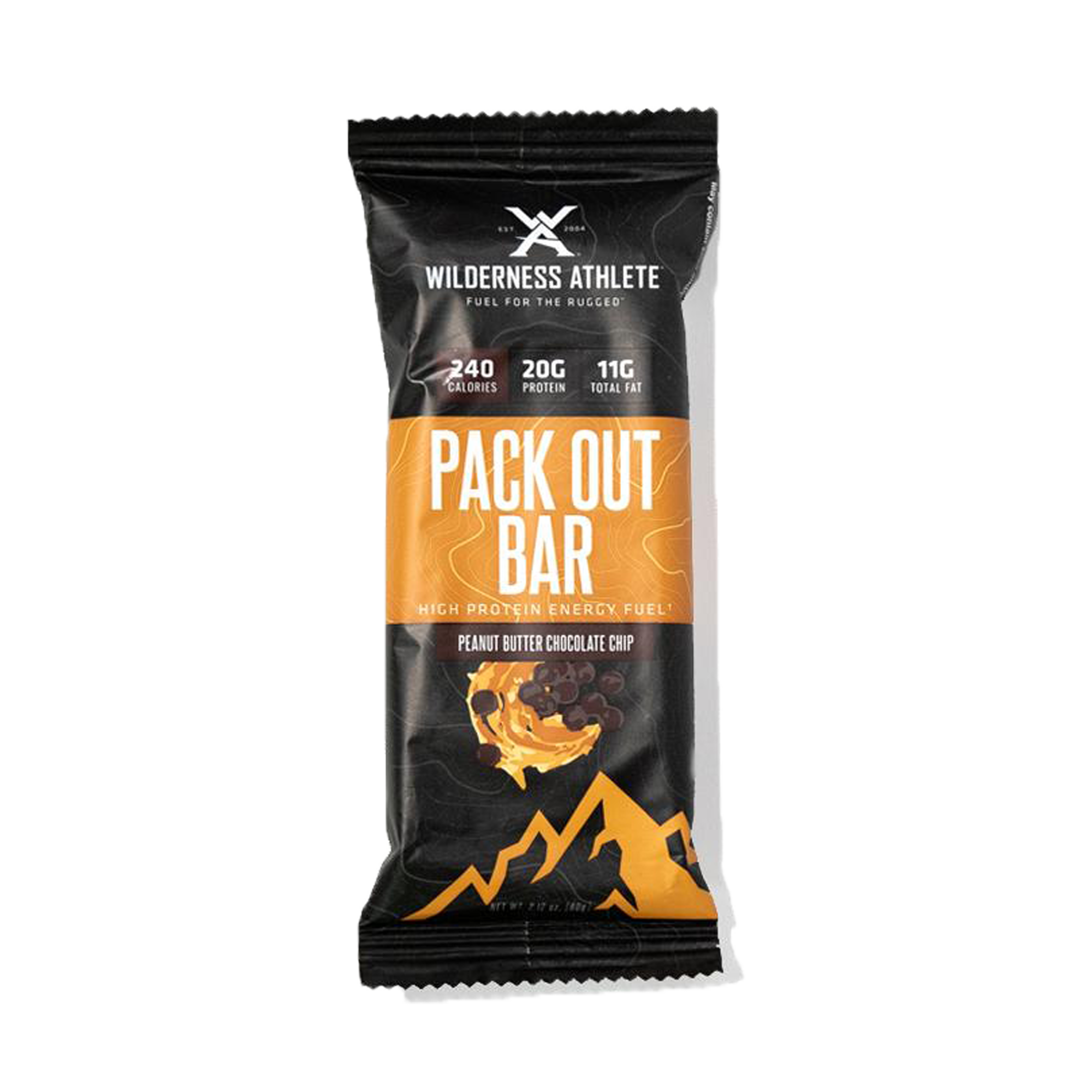Tips to Navigating Protein & Meal Replacement Bars
There are seemingly endless brands of performance, energy, and meal replacement bars on the market today. Selecting one that tastes good, is healthy, and provides good fuel can be a challenge. The last thing we want to do is select a high-quality bar that tastes like cardboard. If it doesn’t taste good, it remains uneaten and smashed in the bottom of our backpack.

Our culture has become more health-conscious, which has driven the market for even more options than ever before. Rest assured, there are good meal replacement bars out there, but first, let me help you navigate the complicated labels.
Serving Size: Be sure to double check how many servings are in each bar you consume.
Nutrient Ratios: Where are calories coming from? The ratio is all of equal importance. The key components we’re looking at are calories, protein, and fat.
Complete Protein: Check the label. Egg white, grass-fed beef, whey protein, or calcium caseinate should be listed within the first one to three ingredients. If soy or nut protein is present, ideally it shouldn’t be listed in the first five ingredients.
Sugar: The first five ingredients shouldn’t contain sugar. Sugar can be easily hidden, so look for ingredients with an “ose” ending.
Fat: We want food to taste good, so oftentimes if bars are low in sugar, then they are high in fat or vice versa. I will always select a bar with less sugar and more fat. Ideally, look for a bar that contains 6g of fat with 10 being the max.
Also, try to identify where the fat is coming from. Ideally, the fats come from a plant-derived source (sunflower seed oils, olive oils, canola oil, peanut oil, or coconut-based oils or whole nuts and seeds). These types of fat are polyunsaturated and monounsaturated, which helps keep blood cholesterol down.

Nutrient Values
In order to determine the percentage of nutrient value in food, you need to learn the “energy value” of “energy nutrients” as follows:
- Carbohydrate yields 4 calories/gram
- Fat yields 9 calories/gram
- Protein yields 4 calories/gram
For example, let’s take a look at a protein bar that contains 22g of protein and 250 calories. You would multiply 22g of protein by 4 cal/g of protein (as indicated above), which equals = 88 calories. You then divide 88 calories into the total number of calories per serving (in this case one bar = 250 calories). Thus, 88 protein calories ÷ 250 total calories will then yield 35% protein, with the remaining 65% derived from carbohydrates and fats.
Protein bars, like protein shakes, are for convenience. It’s always better to eat a whole natural meal whenever possible. Shakes and bars are made from processed proteins and can be high in sugar. They’ll never provide your body with the same effect as real food, and they typically don’t keep you feeling full as long. They are, however, valuable substitutes in today’s busy world or when you’re on the mountain. In testing Wilderness Athlete’s new Pack Out Bars, It comes as no surprise that they nutritionally fit the bill of what I look for in an energy bar and are truly enjoyable to eat as well. For a mid day snack and the extra strength to trudge up the mountain, there will definitely be some Pack Out Bars in my pack that I can count on.

*These statements have not been evaluated by the Food and Drug Administration. This product is not intended to diagnose, treat, cure, or prevent any disease.






